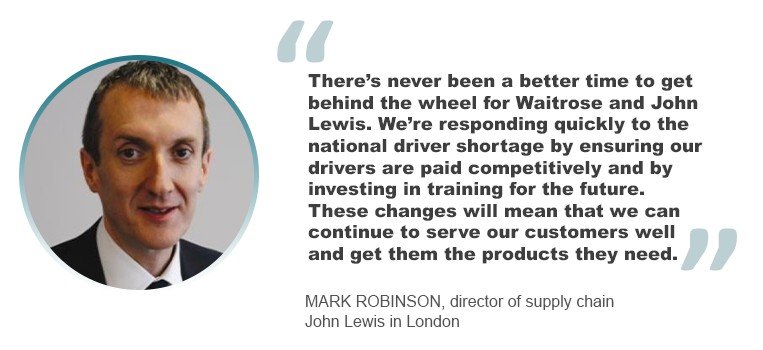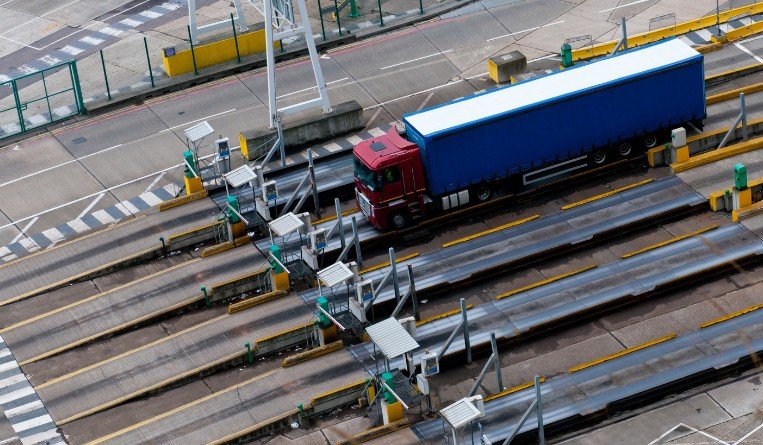Supply chains under high pressure are forcing companies in the United States and Europe to think out of the box in order to move goods into these markets ahead of the expected Christmas rush.
Particularly acute is the situation in the United Kingdom, where new post-Brexit trading relationships have cut the number of heavy goods vehicles (HGV) drivers and brought in new checks both between UK and the EU and within the UK itself.
“Congestion at the ports and ongoing challenges relating to the UK’s new trading relationships have resulted in delays for some goods,” Andrew Opie, director of food and sustainability at the British Retail Consortium in London, told Asia Cargo News.
“HGV driver shortages and disruption to global shipping has meant there has been some minor disruption to supply chains. Retailers are working closely with their supply chains to resolve these issues and ensure that consumers still have access to the same great selection of goods,” Opie added.
These problems are easing, Opie says, but others in the industry are less sanguine. Listed as concerns by the sources ACN spoke with are Covid-19, the post-Evergiven situation, the lack of air freight capacity and intermittent and sometimes lengthy port shutdowns.
These, though, are dwarfed by the issue of “the boxes” – where they are (or are not) and their cost, and the cost of getting one of them. Containers are usually in the wrong place, sources say. There are a lot sitting in Europe without much cargo to fill them, and it’s the reverse situation in Asia.
Then there’s the cost. Before the Covid-19 pandemic, moving a 40-foot container from Asia, principally China, was straightforward and generally cost US$1,600. This year, the current market rate in late September was US$18,000, with some paying as much as US$20,000.
“It’s quite serious,” Paul Williams, head of international supply chain for Woodlands, a global logistics, freight-forwarding and supply chain specialist. Williams noted that the market is beginning to see “the emergence of freight agents.”
One of the more proactive is British retailer John Lewis, which also owns the Waitrose supermarket chain, giving the company a total of 370 retail outlets. “Yes, we’re chartering a fleet of extra ships alongside a number of other businesses to ensure that we have plenty of stock for our customers this Christmas,” a spokesman for John Lewis told Asia Cargo News.
This came after John Lewis announced plans to increase the pay of their HGV drivers. This was back in August when the company gave a pay rise of £2 (US$1.35) per hour in base pay across all its regional and national distribution sites.
John Lewis is also offering a welcome payment of £1,000 to new HGV drivers with C+E licences joining the business before November 2021, and is planning to train new recruits – from scratch, if need be.
“This will help address the acute shortage of drivers, which is affecting the entire industry,” said Mark Robinson, director of supply chain for John Lewis in London.
“There’s never been a better time to get behind the wheel for Waitrose and John Lewis. We’re responding quickly to the national driver shortage by ensuring our drivers are paid competitively and by investing in training for the future. These changes will mean that we can continue to serve our customers well and get them the products they need,” he said.




